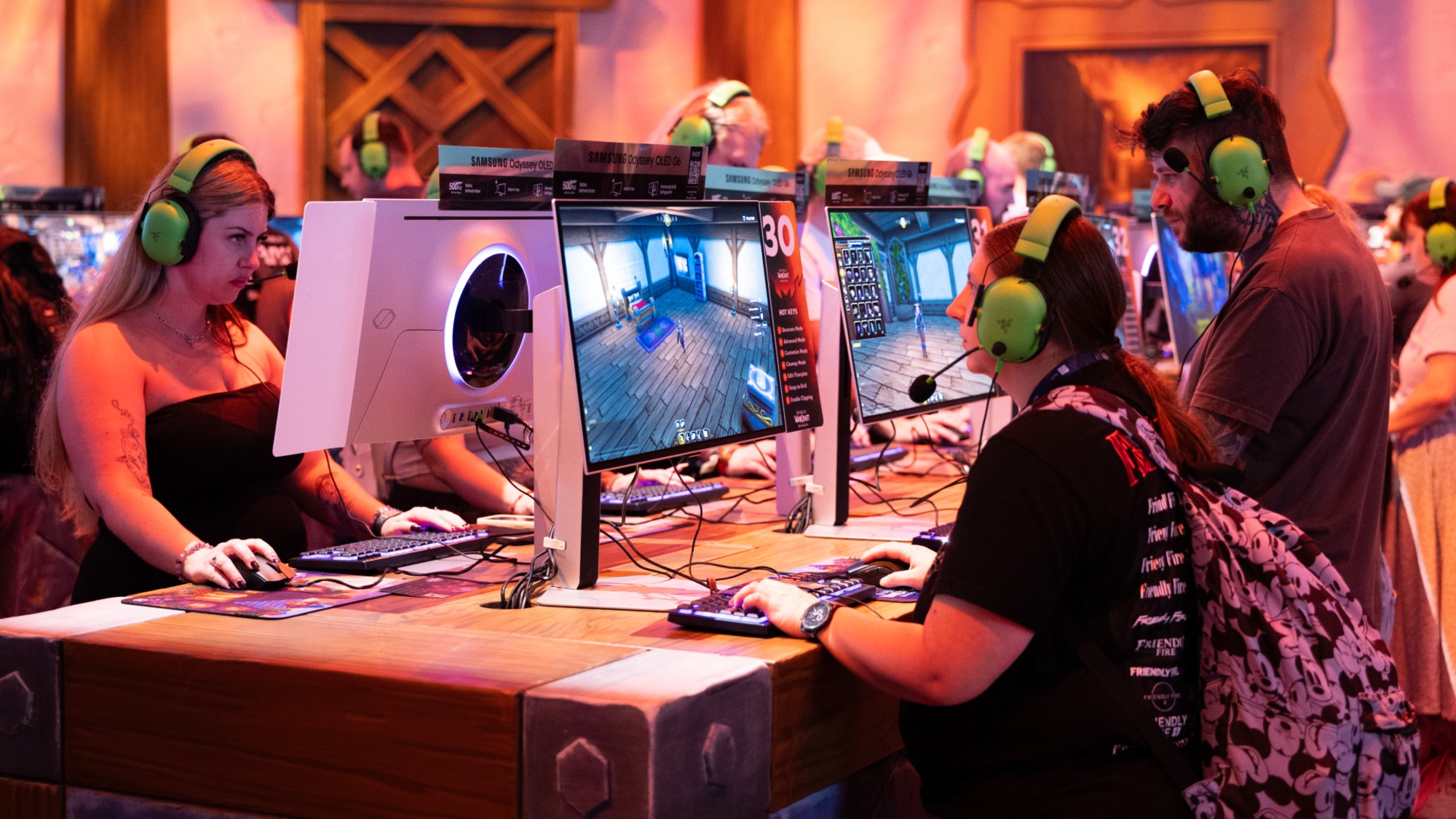Does your dog actually know what you're thinking?
A new study claims that dogs are able to read our facial expressions and anticipate our desires — just like human babies do

Crazed doggy parents will eagerly tell you that their dogs are able to understand and communicate, and are surely capable of basic levels of human cognition. Turns out these dog parents may not be so crazy after all. A new study has found that dogs are able to make eye contact and take cues from humans in a manner similar to a 6-month-old infant. Here, a brief guide:
What did the study find?
Dogs, like human babies, read our facial expressions. They don't just rely on verbal cues to ascertain what humans want. They also use eye contact to anticipate our desires. "Dogs are receptive to human communication in a manner that was previously attributed only to humans," says one of the study's co-authors, Jozsef Topal of the Hungarian Academy of Sciences.
The Week
Escape your echo chamber. Get the facts behind the news, plus analysis from multiple perspectives.

Sign up for The Week's Free Newsletters
From our morning news briefing to a weekly Good News Newsletter, get the best of The Week delivered directly to your inbox.
From our morning news briefing to a weekly Good News Newsletter, get the best of The Week delivered directly to your inbox.
How did researchers come to this conclusion?
Topal and his associates worked with 29 canine test subjects. The dogs were shown a video of a woman who would call them, stare straight at them to get their attention, and then look down at an object beside her. Then the dogs were shown a second video in which the woman would silently turn her head and stare at the object without ever making direct eye contact. In most cases, the dogs followed the woman's gaze in the first video. In the second video, in which she made no direct eye contact, the dogs didn't follow her gaze. Similar experiments have been conducted with babies, and 6-month-old infants exhibited the same behavior as the dogs.
How did dogs come to behave this way?
Topal thinks it's a trait the animals developed as they worked and bonded with generations of humans. "Dogs have evolved to sharing their lives with humans," he says. "And they gained new skills that support their social interaction with humans." Give me a break, says dog trainer Deleta Jones. "Dogs normally speak [to each other] through body language and facial expression," she says. This is obviously just "natural to them."
A free daily email with the biggest news stories of the day – and the best features from TheWeek.com
What have other studies into the doggy mind found?
A study published last year in Learning & Behavior found that dogs were more prone to beg for food from a person who was looking at them than from someone paying them no mind. Stanley Coren, an expert in canine behavior, has found that in terms of developmental ability, dogs are on par with human 2-year-olds.
What does this mean for my dog and me?
"This should reinforce that if we want our dog's attention, we should be clear about it," says Adam Goldfarb with the Humane Society of the United States. "For those people who talk to their dog in a baby-talk voice, they should keep it up. Your dog knows that you're talking to him or her and will pay more attention."
-
 ‘They’re nervous about playing the game’
‘They’re nervous about playing the game’Instant Opinion Opinion, comment and editorials of the day
-
 Will Netanyahu get a pardon?
Will Netanyahu get a pardon?Today's Big Question Opponents say yes, if he steps down
-
 December’s books feature otherworldly tales, a literary icon’s life story and an adult royal romp
December’s books feature otherworldly tales, a literary icon’s life story and an adult royal rompThe Week Recommends This month's new releases include ‘The Heir Apparent’ by Rebecca Armitage and ‘Tailored Realities’ by Brandon Sanderson